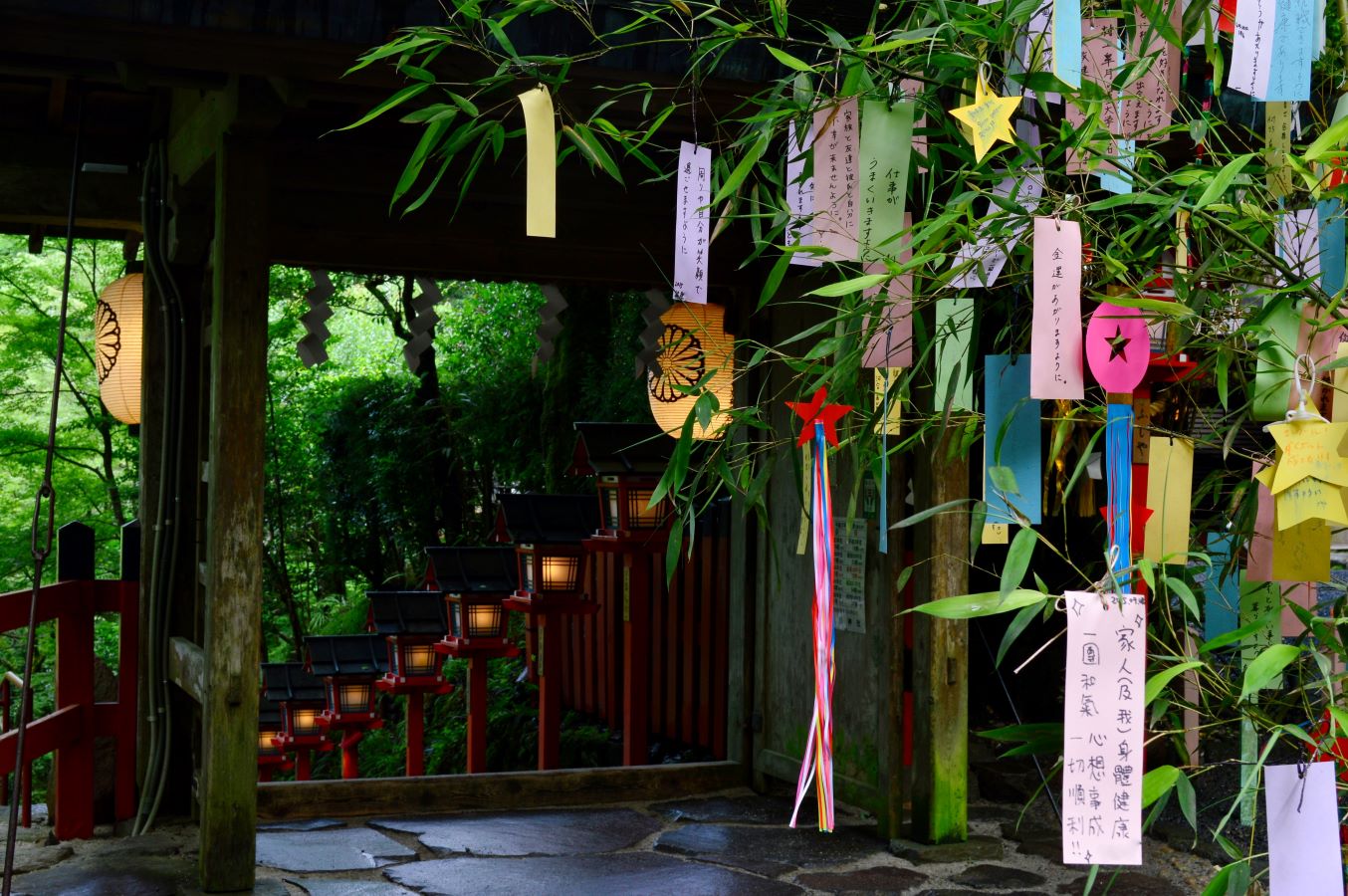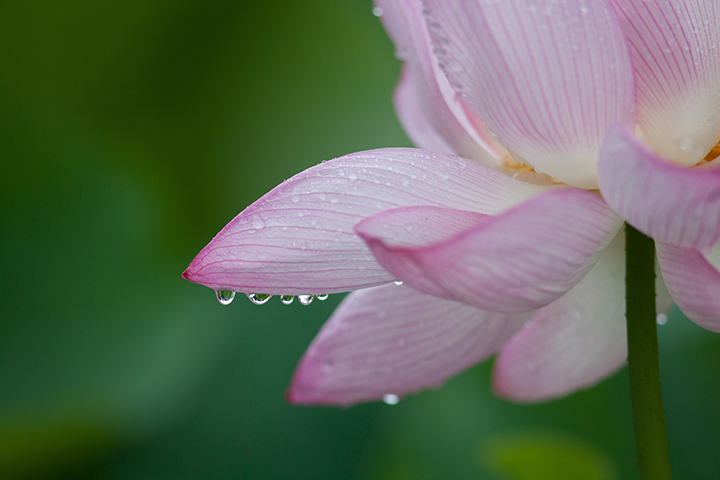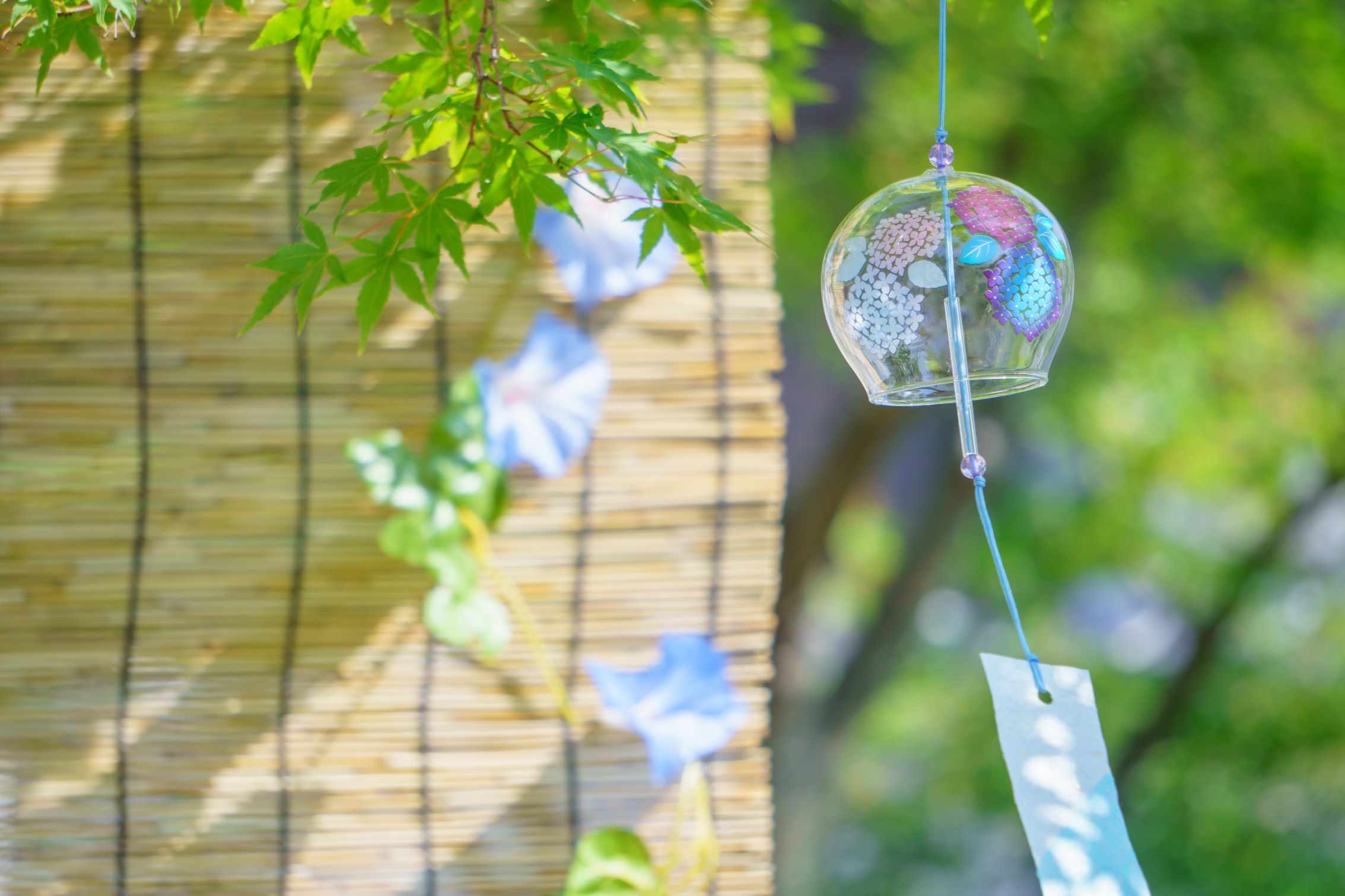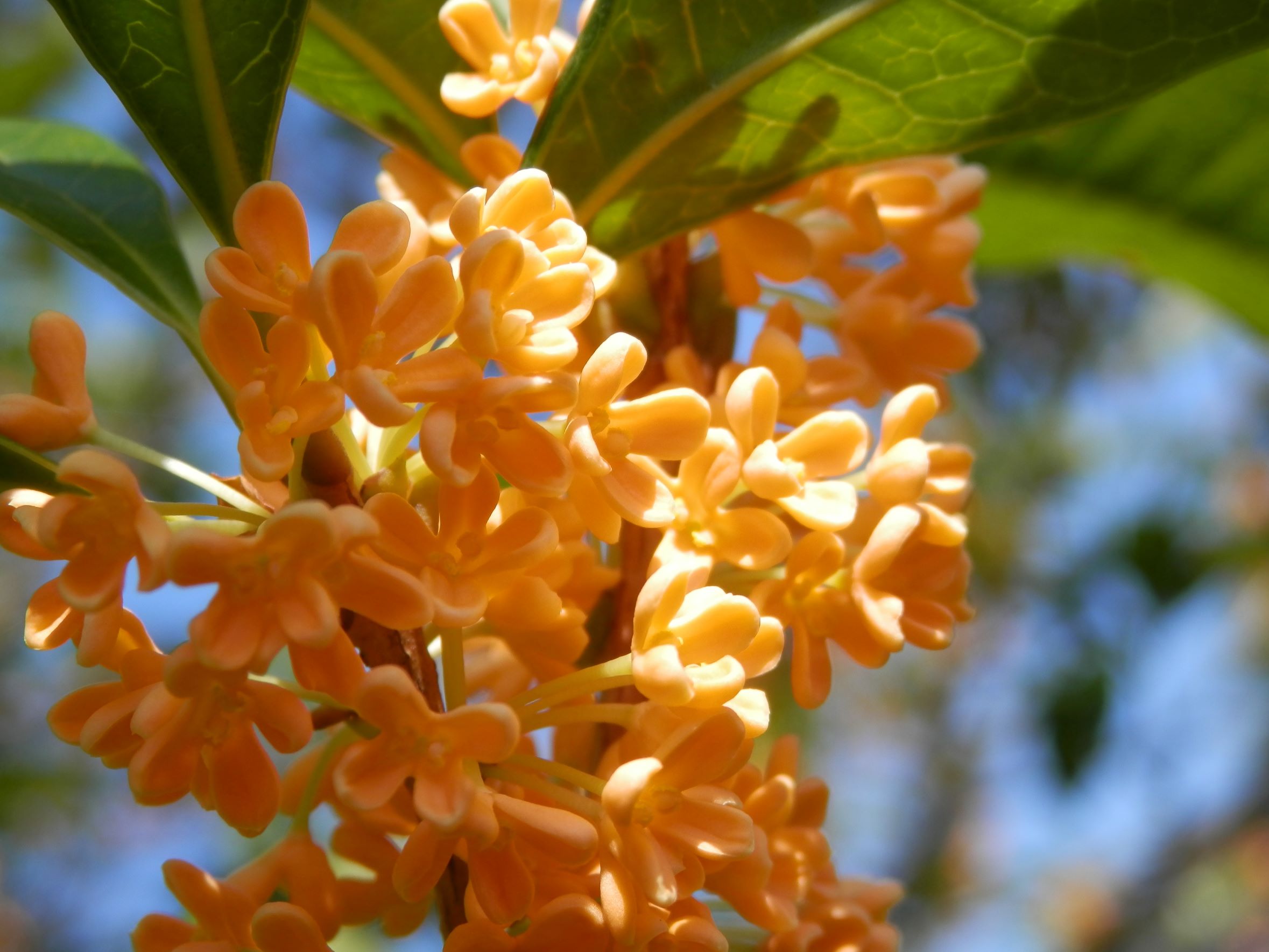As summer reaches its peak in July, the traditional Japanese name for this month is "Fumizuki" (文月).
This name carries meanings tied to Tanabata, where people write their wishes on strips of paper, as well as the cultural practice of writing and seasonal prayers.
In this article, we will explore the origin of Fumizuki and unravel the uniquely Japanese sense of the season, traditional events, seasonal customs, and everyday wisdom.
1. What is Fumizuki? The Meaning and Origin of July’s Traditional Name
The Theory of “Fumi” as a Month of Writing
The “fumi"(文) in Fumizuki refers to letters or poetry, suggesting that July is a season for writing.
It is said that this idea comes from the custom of writing wishes on tanzaku (paper strips) during Tanabata.
In this season, people of the past expressed their thoughts through words, embedding their prayers into written characters.
Another Origin Related to Rice Ears
An alternative theory suggests that Fumizuki originated from the term “Hofumizuki” (穂含月), which refers to the season when rice plants begin to form ears.
This name reflects the deep connection between Japanese life and nature, symbolizing a lifestyle in harmony with the seasons.
2. Fumizuki and the Difference Between the Lunar and Solar Calendars
Fumizuki in the Lunar Calendar Corresponds to August Today
In the traditional lunar calendar, Fumizuki falls around what is now August.
This was the time when rice ears began to swell and the signs of autumn could be felt.
In contrast, July in the modern solar calendar comes just after the rainy season, highlighting a seasonal shift that is a unique aspect of Japanese culture.
Tanabata and the Calendar Discrepancy
Today, Tanabata is celebrated on July 7, but in the lunar calendar, it was held in early August—when the stars are most visible.
For those who wish to experience the original atmosphere and enjoy stargazing as it was intended, celebrating Tanabata according to the lunar calendar is highly recommended.
3. Fumizuki and Tanabata: A Night of Wishes and Legends
The Legend of Orihime and Hikoboshi
Tanabata originated from the Chinese festival Qixi (Kikkōden) and was introduced to Japan during the Nara period.
The romantic legend of Orihime and Hikoboshi, who meet once a year across the Milky Way, became deeply rooted in Japanese culture as the custom of writing wishes on tanzaku (paper strips).
Five-Colored Tanzaku and Seasonal Prayers
The five-colored tanzaku hung on bamboo branches carry various wishes, such as for health, academic success, and family harmony.
Each color has a meaning: red represents propriety, blue represents benevolence, yellow represents trust, white represents righteousness, and black represents wisdom.
Tanabata is a valuable opportunity not only for children but also for adults to express their hopes through words.
4. Nature and Seasonal Traditions of Fumizuki
The Soundscape of Cicadas and Summer Skies
The chorus of cicadas that begins after the rainy season is a quintessential seasonal feature of Fumizuki.
The calls of species like the aburazemi and minminzemi signal the arrival of midsummer and are deeply etched in the hearts of the Japanese as a “soundscape of summer.”
Fireworks and the Culture of Evening Coolness
Fireworks festivals that light up the night sky are another hallmark of Fumizuki.
Wearing yukata, listening to the gentle chime of wind bells, and enjoying the cool evening air—these scenes embody the essence of Japanese summer traditions.
Such experiences reflect the heart of Japanese culture, which celebrates the seasons through all five senses.
5. The Flavors and Wisdom of Fumizuki
Seasonal Delicacies – Eel, Corn, and Edamame
On the Day of the Ox (Doyō no Ushi no Hi), there is a tradition of eating eel (unagi) to ward off the summer heat.
Other seasonal delights such as corn, edamame, and watermelon are also rich in moisture and nutrients, offering the blessings of summer.
Savoring Summer’s Flavors: Grilled Eel over Rice (Unajū)
Savoring Summer’s Flavors: Edamame
The Origin of Tanabata Sōmen
Eating sōmen (thin wheat noodles) during Tanabata is said to originate from a Chinese legend.
The noodles are thought to resemble the threads woven by Orihime, the celestial weaver.
Cool and smooth, sōmen is a perfect dish for the hot days of Fumizuki.
6. Embracing the Spirit of Fumizuki in Daily Life
Writing Letters and Expressing Wishes
In this age of smartphones, taking the time to write a letter or jot down a wish on a tanzaku is a meaningful act.
Carefully crafting words becomes a valuable moment to reflect on one’s inner thoughts.
Creating a Sense of Coolness
Incorporate traditional Japanese ways of staying cool—bamboo blinds, wind chimes, and sprinkling water (uchimizu)—into your daily life.
This uniquely Japanese way of feeling cool through the five senses not only refreshes the body but also lightens the heart.
Wishing Upon the Stars: A Midsummer Scene in Japan
Bamboo Decorations and the Tanabata Festival
Colorful tanzaku (wish strips) are displayed in shopping streets, preschools, and shrines.
As the bamboo leaves sway gently, the heartfelt wishes of people quietly flutter in the breeze.
Sendai Tanabata Festival
Bamboo Decorations at Shonan Hiratsuka Tanabata Festival
Fireworks Lighting Up the Night Sky
Fireworks festivals held across Japan are iconic summer events.
The contrast between the dazzling bursts of fireworks and the crowds dressed in yukata is a quintessential image of Japanese summer.
Fireworks in Odaiba, Tokyo
Miyajima Underwater Fireworks Festival
The Sound of Wind Chimes and Cicadas
Wind chimes hanging from the veranda ring softly in the breeze, while the powerful chorus of cicadas fills the air.
Together, these natural sounds create a rich summer soundscape that evokes the essence of the season.
Summer Wind Chimes and Bamboo Blinds
Wind Chimes at Kawagoe Hikawa Shrine











